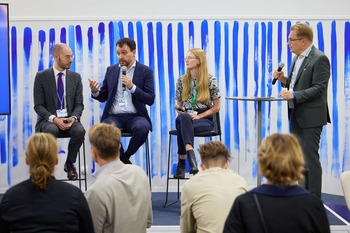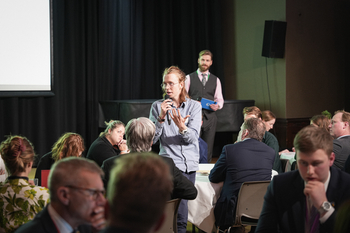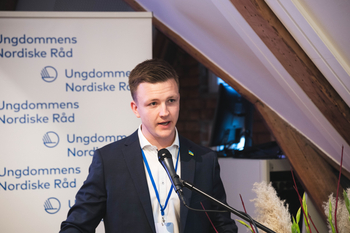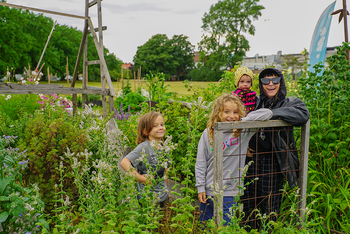The Nordic countries highlight the restoration of peatlands at COP21
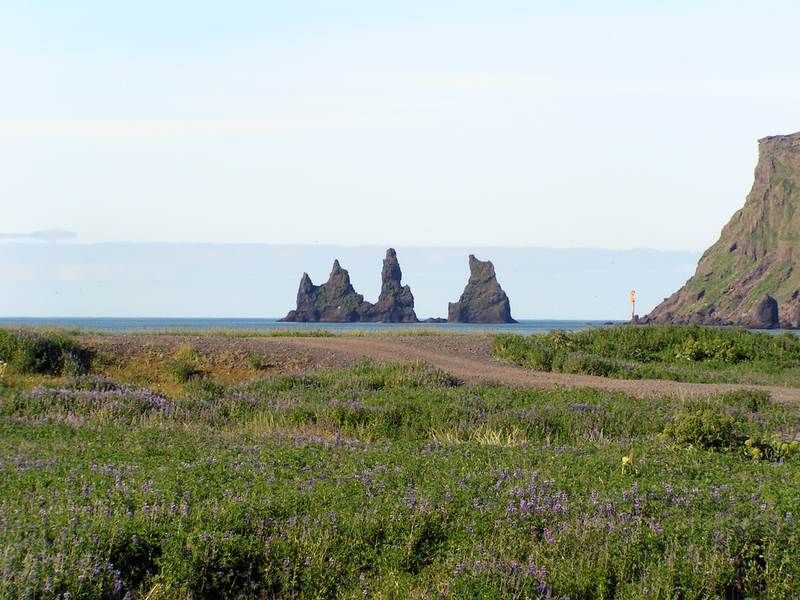
Peatlands have an outstanding ability to capture CO2 and have been described as the most space-effective stocks of organic carbon on the planet. Drainage of wetland areas, however, results in substantial emissions of CO2 and other greenhouse gases. 15% of the world’s wetlands, or a mere 0.4% of the earth’s total land area, have been degraded. Nevertheless, annual emissions from drained peatlands are more than 2Gt, equivalent to 5% of all anthropologic carbon emissions.
- Peatland areas act as highly effective carbon sinks and hold more carbon than the world’s entire forest biomass, said Lars Dinesen at the side event, Reducing GHG emissions by securing, restoring and rewetting peatland areas, that took place at the Nordic Pavilion in Paris at the COP21.
- But they’re also very vulnerable. If bogs are destroyed, considerable amounts of CO2 and greenhouse gases are released from the soil, and these emissions continue as long as the peatland remains drained, Dinesen said. He works for the Danish Nature Agency, Chair of the Nordic Baltic Wetlands Initiative
- If you have drained peat laying there and it is not water-saturated anymore, then it burns for months, billowing carbon dioxide into the atmosphere, said professor Hans Joosten of the German Greifswald University
The Nordic Ministers of the Environment have issued a Joint Statement to the Ramsar Convention on Wetlands, stating their commitment to incorporate restoration of peatland in the COP21 Climate Agreement. The Nordic Council of Ministers therefore wishes to raise awareness of the considerable potential to mitigate climate change by restoring wetland areas.
According to the project Peatlands, climate change mitigation and biodiversity conservation, financed by the Nordic Council of Minister, 45% of the peatland area in the Nordic and Baltic countries has been drained. The corresponding figure in Europe is 60% and 16% worldwide.
The degraded peatlands in the Nordic and Baltic regions annually emit almost 80Mt CO2, equivalent to one-fourth of total emissions in the area. In most European countries in which peat soils exceed 3% of the agricultural land area, these peatlands are responsible for more than 50% of emissions associated with agricultural land use.
Read more in the report Peatlands and Climate Change in a Ramsar context.
Speakers included Mercan-Ellen Nielsen, Denmark’s Chief Negotiator, Tobias Salathe of the Ramsar Convention, Marcel Silvius of Wetlands International, Martial Bernoux of FAO, Andrey Sirin of Institute of Forest Science in Russia, Hans Joosten of the German Greifswald University and Lars Dinesen of the Danish Nature Agency, Chair of the Nordic Baltic Wetlands Initiative.
